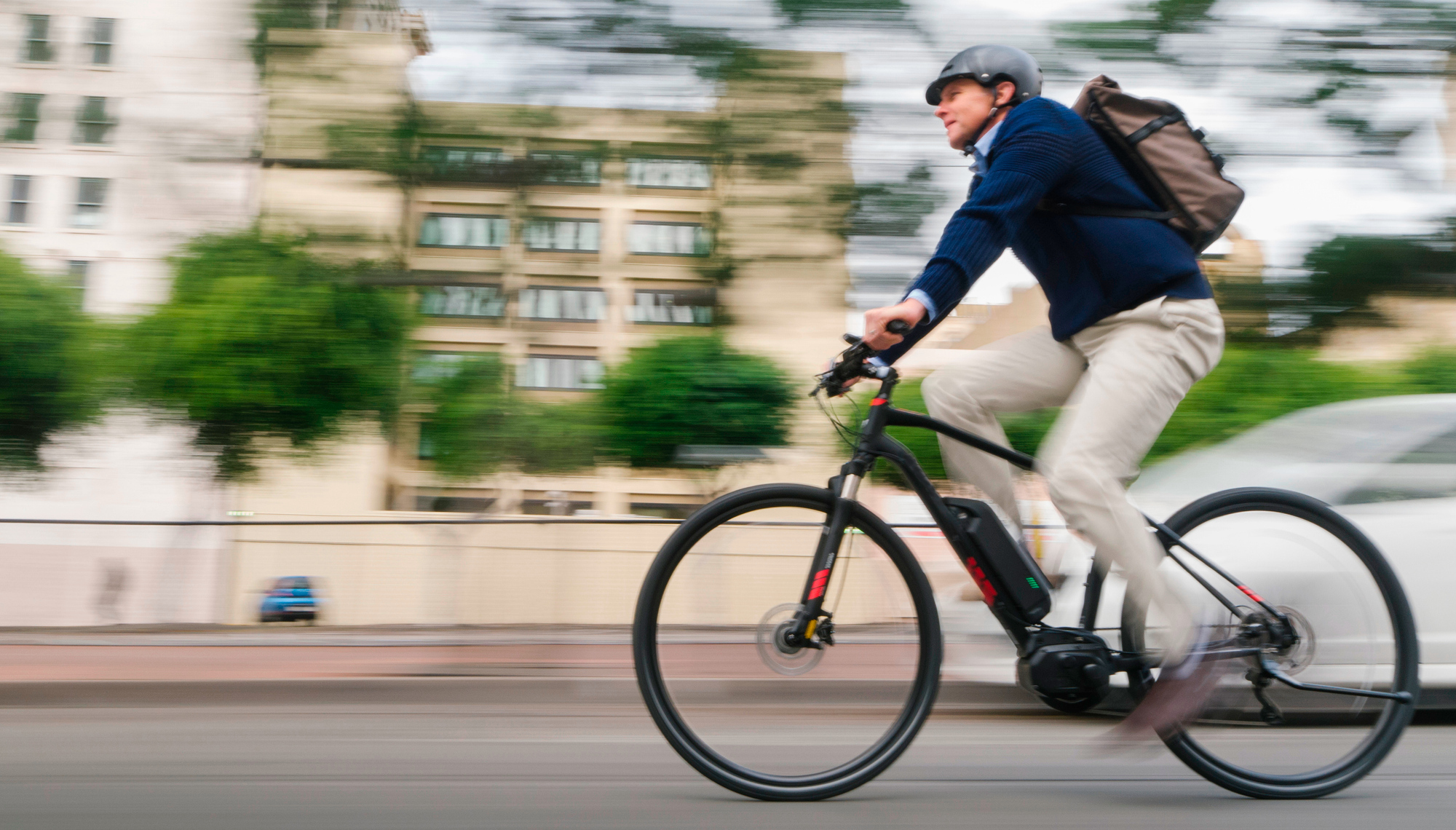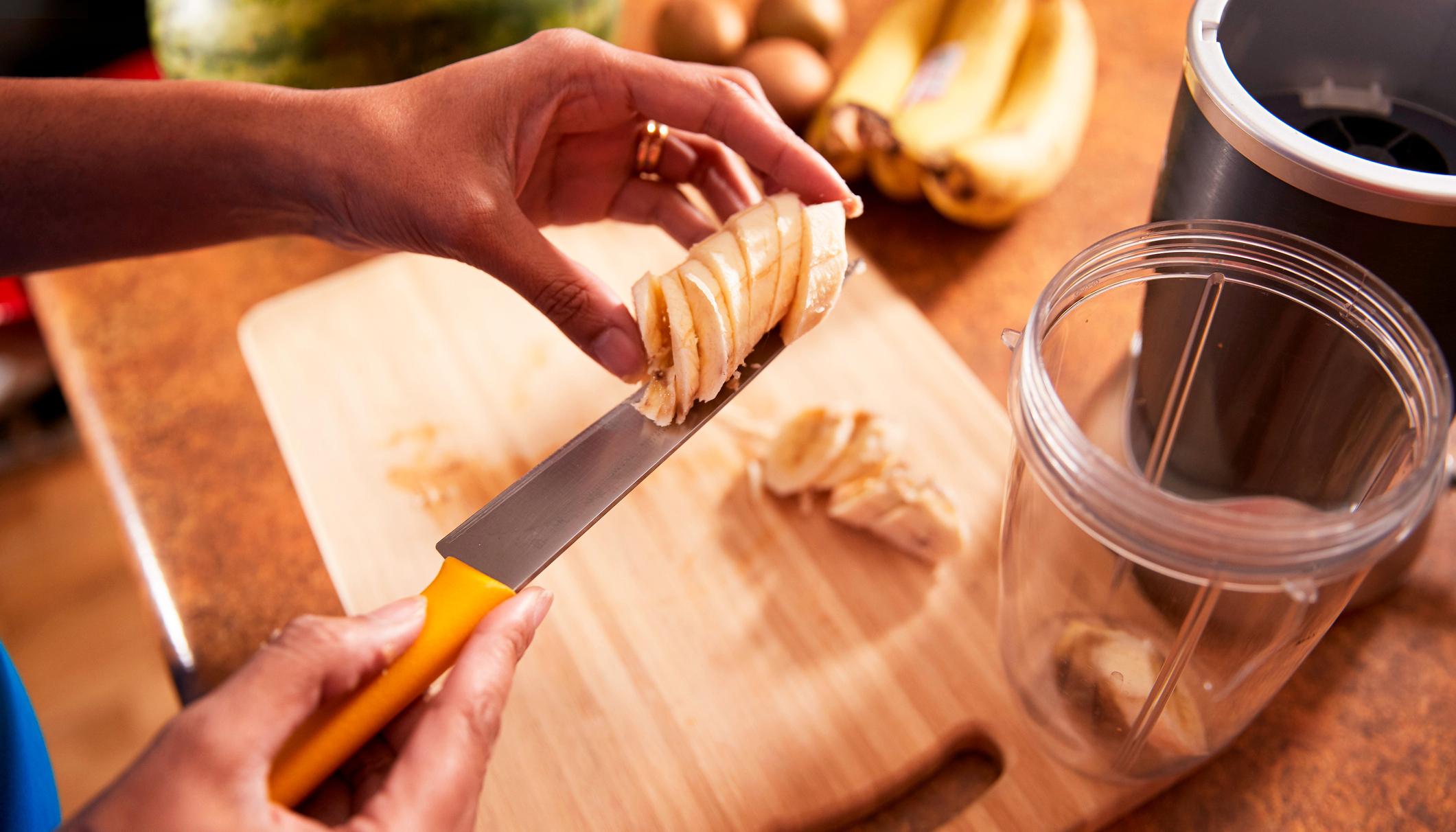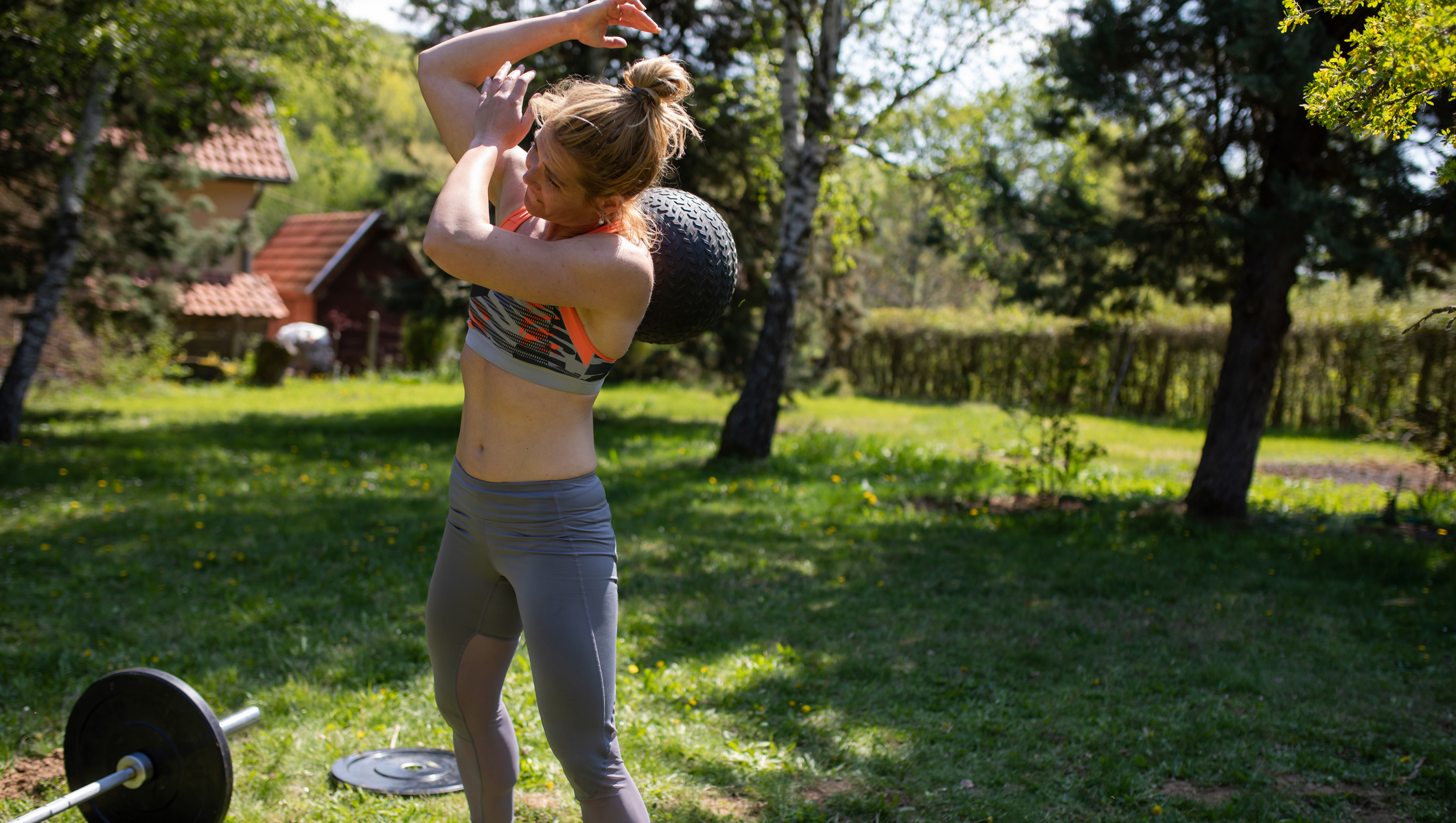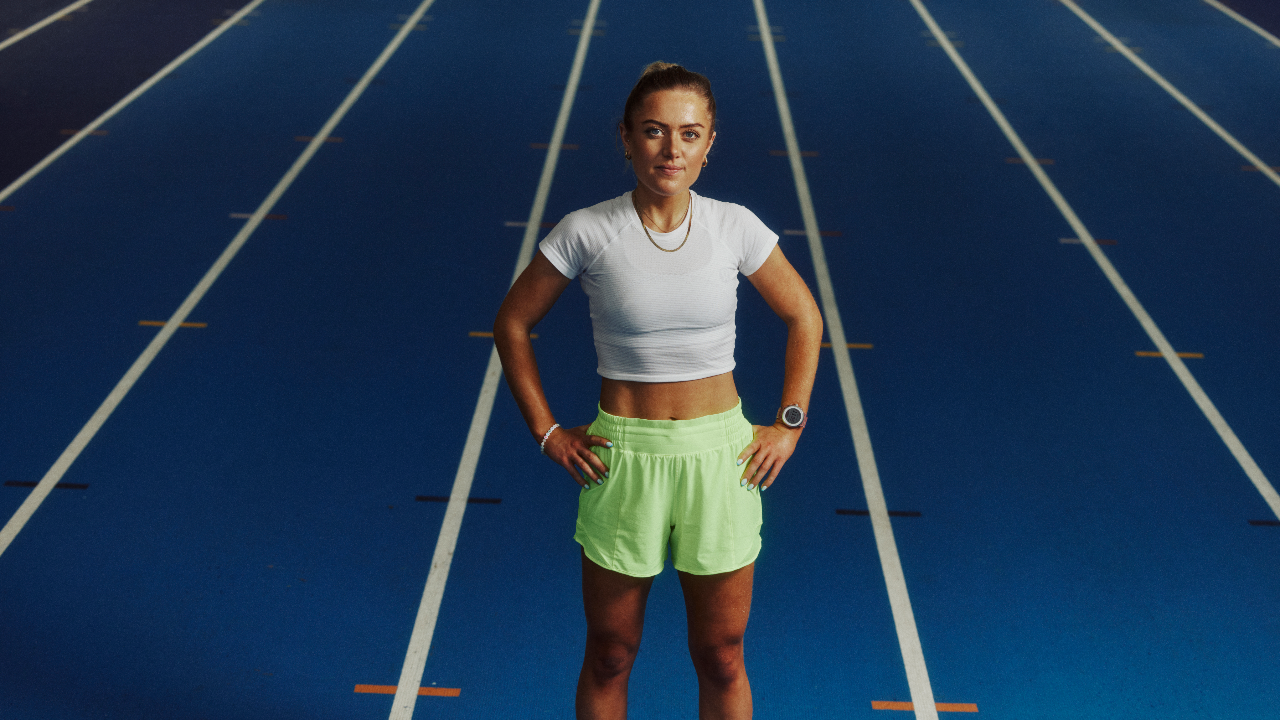The Best Shoulder Exercises For All Levels Of Gym-Goer
Build boulder shoulders with these beginner, intermediate and advanced shoulder exercises
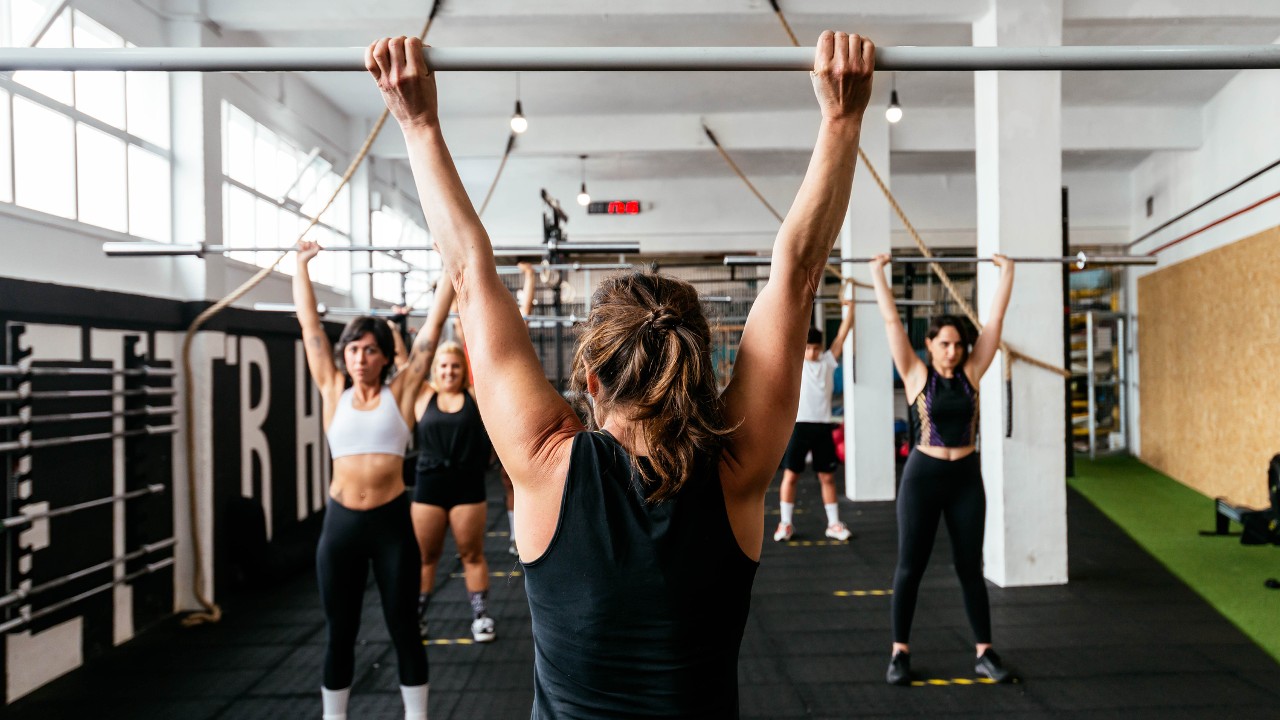
Shoulder exercises should be an integral part of any gym routine, because building strength and improving mobility in your shoulders will help with a range of other exercises. And of course, if you’re physique training, wide shoulders are a key part of a V-shaped torso.
If you’re hoping to sculpt cannonball shoulders then check out these excellent shoulder exercises recommended by Mitch Raynsford, strength and conditioning coach, Jim Crossley, co-owner of F45 Kingston, and Keith McNiven, founder of personal training company Right Path Fitness. We’ve thrown in a few of our favourites, too. There are shoulder exercises suitable for all levels of gym-goer below, from beginner classics like the dumbbell overhead press up to advanced moves like the handstand press-up.
Beginner Shoulder Exercises
Y-T-W
Named after the shapes you create with your arms when performing it, this is another movement Raynsford uses as a staple of his training. This is because it’s great for bolstering overall shoulder health, strengthening supporting muscles in the upper back to ward off injury.
“Lie chest-down on a mat,” Raynsford says. “Move your arms into a Y position in front of you.” Then raise your arms and hold them just above the floor. To make sure you’re engaging the relevant muscles, he advises retracting your shoulder blades and squeezing.
“Next, move your arms into a T position out to the side of you. Finally, move your arms to a W position, where your elbows form the downward points of the letter shape.”
Dumbbell overhead press
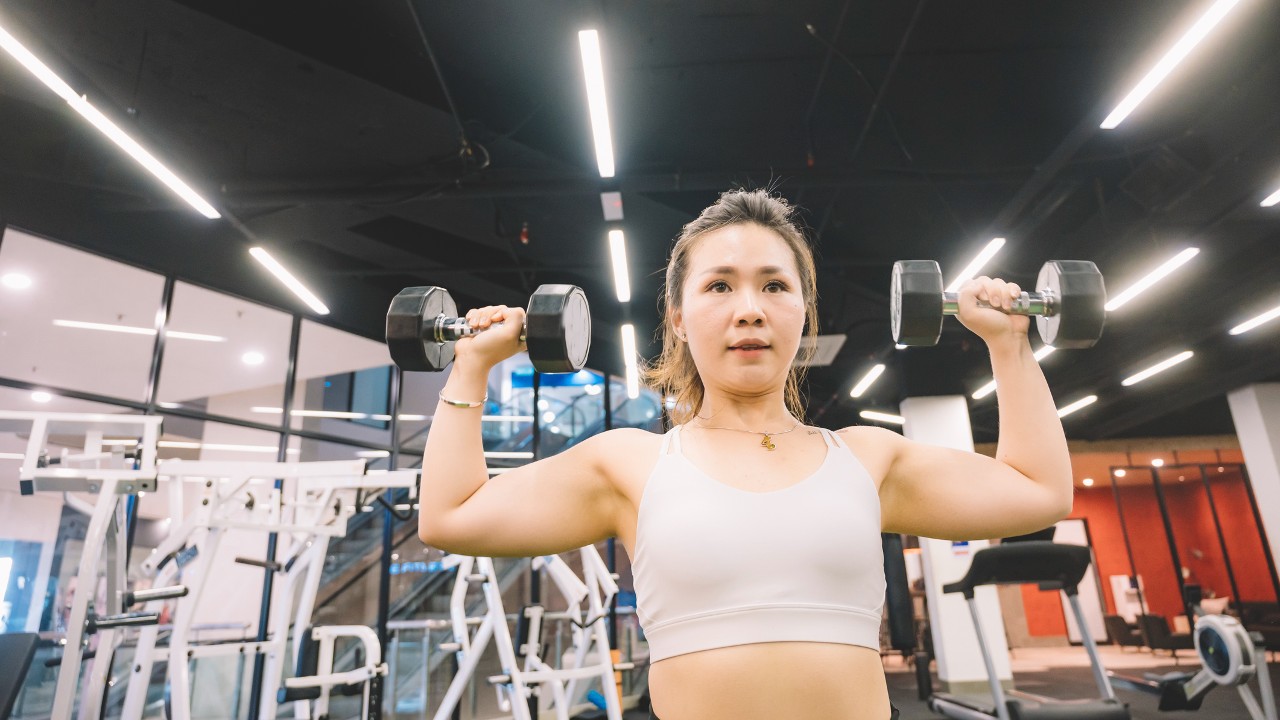
“This is a good exercise for increasing shoulder strength and stability,” says Crossley. “Choose some light dumbbells to begin with. Hold them just above your shoulders with your palms facing forwards. Raise your arms straight above your head.
“When lifting the dumbbells don’t move your back and in particular don’t allow your lower back to arch. This move can be done standing or seated on a bench with a back for support.”
Get the Coach Newsletter
Sign up for workout ideas, training advice, reviews of the latest gear and more.
Alternating dumbbell front raise

“Stand with a slight bend in your knees, holding a pair of dumbbells in front of your thighs with your palms facing you,” says McNiven. “Lift the left dumbbell in front of you until your arm is slightly above parallel to the floor, keeping a slight bend in your elbow and the palm of your hand facing down. Then lower the dumbbell under control back to the start. Repeat with the right dumbbell.”
Face pull

The face pull is a fantastic way to strengthen the often overlooked rear deltoids – the muscles on the backs of your shoulders, which help move your arm backwards.
“Set up a cable machine with the rope attachment at head height,” says Raynsford. “Stand facing the cable machine, grab each end of the rope attachment, and pull the rope towards your forehead. Return to the starting position and repeat.”
Raynsford advises squeezing your shoulder blades together at the top of each rep to get the full benefits of the movement.
Barbell upright row
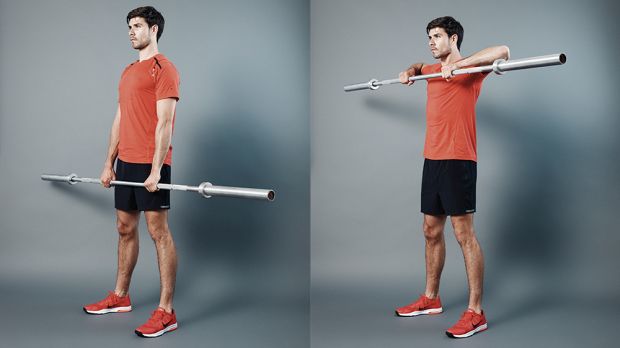
“Hold a barbell in front of your waist with an overhand grip and your hands shoulder-width apart,” says Crossley. “Lift the bar to chin height by raising your arms so your elbows finish above the bar.”
Intermediate Shoulder Exercises
Dumbbell shadowboxing

“Adding dumbbells to your shadowboxing routine is brilliant for the shoulders,” says McNiven. “Choose relatively light weights as you’re going to be doing a lot of reps, and hold them vertically at shoulder height.
"Push one dumbbell forwards, extending your arm fully and twisting the dumbbell to a horizontal position. Bring it back as you push the other dumbbell forwards and start to build up speed. As your experience increases, you can add in different shadowboxing moves.”
Dumbbell lateral raise

“Hold a dumbbell in each hand by your waist with palms facing each other and a slight bend at the elbows,” says Crossley. “Lean forward from your hips a little and bend your knees slightly. Raise your arms to the sides until your elbows reach shoulder height.”
Arnold press

“Hold two dumbbells in front of your shoulders, with your elbows bent at 90° and your palms facing your chest,” says Crossley. “Move your elbows out to the side while raising the dumbbells and rotating your arms so that you finish with the dumbbells overhead with palms facing forwards.
“The Arnold press works both the front and side of your shoulders.”
Overhead press

“This is a classic shoulder-building exercise,” says Crossly. “Start by holding a barbell in front of your neck with an overhand grip. Press the bar overhead until your arms are fully extended. Do not let your back arch when you press overhead.”
Battle rope slam
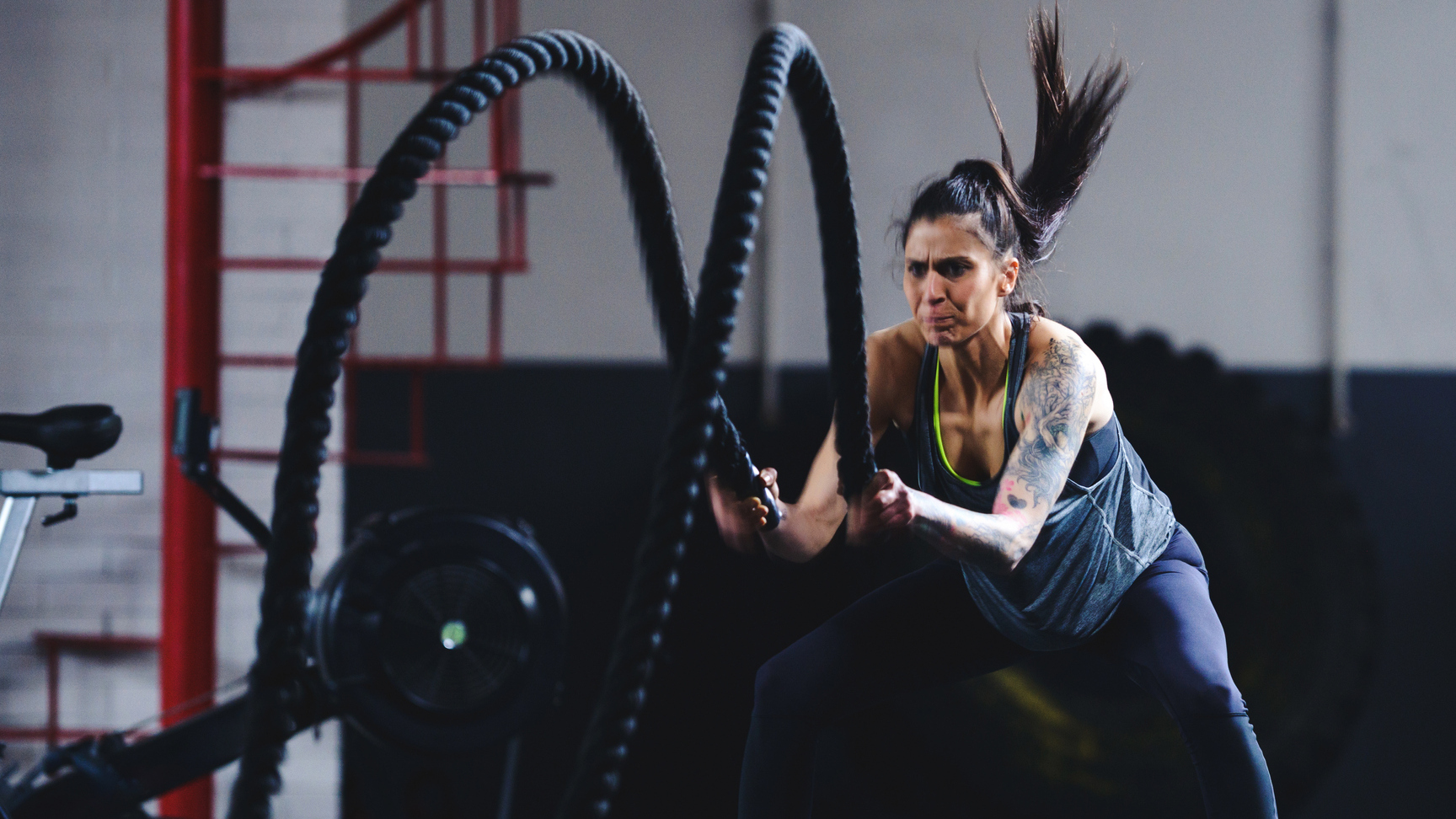
"Battle ropes work your shoulders as well as your pectorals and are great for mobility and conditioning," says McNiven. “There are many exercises you can try. A couple of good intermediate battle ropes exercise are slams and uppercuts.
“For slams, stand with your feet shoulder-width apart and your knees slightly bent, holding a battle rope in each hand. Raise the battle ropes simultaneously above your head and slam down as hard as you can. Do this exercise for 60 seconds, then move on to another exercise like battle rope uppercuts [see below].”
Battle rope uppercut
“As the name implies, you mimic an uppercut punch while holding the battle ropes. Use the same stance as with slams. Uppercut to one side and then the other. Build up speed throughout the 60 seconds of this exercise.” If you need a few technique pointers, check out our guide to using your gym’s punching bag.
Pike press-up

“From a standard press-up position walk your feet towards your body, raising your hips and keeping your legs straight,” says Crossley. “Your body should be in an inverted V-shape. Then perform a press-up by bending your arms to move your head closer to the floor. “
“You can vary the difficulty and the load on your shoulders by moving your feet closer in or further out, and it can also be done with feet elevated on a box to increase the difficulty.
“This is a challenging bodyweight shoulder exercise in its own right, and a good way to build the strength required to do a handstand press-up.” (See the advanced exercise, if you dare.)
Advanced Shoulder Exercises
Handstand press-up

“Start by either kicking up into a wall handstand or walking your feet up the wall into a handstand with your face to the wall,” says Crossley. “Your body should be in a straight line and close to the wall with your feet pointed upwards and your arms shoulder width apart. Bend your arms to lower your body towards the floor, then press up to return to the starting position.”
Behind-the-neck press
“This is the same as the overhead press, but your starting position is with the barbell behind the neck, rather than in front, which makes it a more challenging exercise,” says Crossley.
This exercise places more stress on your rotator cuff muscles than the standard overhead press and requires greater shoulder mobility. Make sure you warm up thoroughly and start with a light weight.
Z-press

This challenging variation of the overhead press will fire up your core while challenging your shoulders to shift weight without any help from your legs. It can be performed with dumbbells or a barbell – start with the former since they are easier to manoeuvre into the starting position.
“Sit on the floor with your legs extended in front of your body – keep your legs slightly bent if needed,” Raynsford says. “Keeping your core engaged, push the dumbbells so that they are at shoulder height just outside your shoulders with your palms facing forwards, angled inwards slightly.
“Press the dumbbells directly overhead so your wrists finish directly over your shoulders. Reverse the movement and follow the same path to return to your starting position.”
Crucifix hold
“This is an isometric hold that will challenge your shoulders and arms,” says Crossley. “Hold a dumbbell in each hand with your arms fully extended to the sides and your palms facing the floor. Hold the position for as long as possible.”
High-kneeling dumbbell overhead press

Start with your rear knee and front foot on the floor. Your front knee should be bent at 90° and directly above your ankle.
“Pick up a dumbbell with the hand on the opposite side to your front knee,” says Raynsford. “Hold the dumbbell at shoulder height with your palm facing forwards at a 45° angle and your elbows pointing down.
“Inhale, engage your core and on your exhale, press the dumbbell directly overhead so that your wrist finishes directly over your shoulder. Pause at the top of the rep, then reverse the movement to return to the starting position.”
Military press

This advanced exercise works your body harder than the standard overhead press by making it more difficult to keep your balance, meaning your control of the weight needs to be on point. Load up a barbell with a light weight on it – you’ll be surprised how quickly this weight will feel heavier once you start pressing. Hold the barbell at chin height with a grip slightly wider than shoulder-width apart and stand with your feet together like you’re standing to attention. Engage your core muscle and keep your elbows pointing forwards as you press the bar overhead, then lower under control.
Shoulder Anatomy
The shoulder is one of the most complex joints in the human body. It consists of three bones—the clavicle (collarbone), the scapula (shoulder blade) and the humerus (the bone in your upper arm)—connected by an intricate network of muscles and connective tissues. This unique structure allows you to move your arm freely in all directions. This high degree of mobility, however, significantly decreases the stability of the shoulder, making it vulnerable to injury and dislocation.
Several muscles play a role in stabilizing the shoulder and powering its movements. These include the deltoids, teres major and rotator cuff muscles.

Deltoid: Sitting on top of the shoulder, the deltoid is a large triangular muscle that extends from the ridge of the shoulder blade to the end of the collarbone. It is divided into three parts: anterior (front), posterior (rear) and lateral (side). The front and rear deltoids help rotate your arm and move it forward and backward. Side deltoids allow movement of the arm out to the side and they also give shoulders the rounded shape desired by bodybuilders. The best exercises to target these muscles include shoulder raises and upper-back movements such as the rear delt flye and upright row.
Teres major: The teres major is a small muscle that connects your humerus and the back of your shoulder blade. It is mainly responsible for rotating the arm inwards and stabilizing the shoulder joint, and it contributes to the V-shaped back—one of the main aims of physique training. The best exercises to target this often overlooked muscle include the resistance band pull-apart, lat pull-down and cable straight-arm pull-down.
Rotator cuff: The rotator cuff consists of four muscles (the supraspinatus, the infraspinatus, the teres minor, and the subscapularis) that surround and stabilize the shoulder joint. This group is involved in many types of shoulder movement, and maintaining its strength and flexibility is essential to keeping the shoulder healthy. The best rotator cuff exercises to train this muscle group include the resistance band face pull, reverse flye and single-arm row.
Other muscles involved in shoulder movement include the trapezius (back muscle), pectoralis major (chest muscle), serratus anterior (small muscle connecting the shoulder blade to the ribs) and rhomboid major (muscle located between the shoulder blade and spine).

Nick Harris-Fry is a journalist who has been covering health and fitness since 2015. Nick is an avid runner, covering 70-110km a week, which gives him ample opportunity to test a wide range of running shoes and running gear. He is also the chief tester for fitness trackers and running watches, treadmills and exercise bikes, and workout headphones.
- Anna GoraHealth writer
- Harry BullmoreStaff writer

